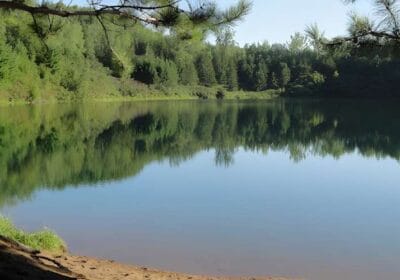Nestled in the southwestern corner of Colorado lies Mesa Verde National Park, a UNESCO World Heritage Site and a treasure trove of pre-Columbian history. Mesa Verde, which means “green table” in Spanish, is home to the largest and most well-preserved cliff dwellings in North America. Visitors can explore ancient Puebloan villages, climb ladders into cliff dwellings, and marvel at the ingenuity and resilience of the people who called this place home over a thousand years ago.
Mesa Verde was inhabited by the Ancestral Puebloans, who lived in the area for over 700 years, from around 550 to 1300 CE. They built elaborate stone and adobe dwellings on the mesa tops and in the cliffs, using the natural resources around them to create a thriving community. However, by the late 1200s, the Ancestral Puebloans had abandoned their homes and moved south into what is now New Mexico and Arizona.
Today, visitors to Mesa Verde National Park can explore over 5,000 archaeological sites, including 600 cliff dwellings. Some of the most famous sites include Cliff Palace, which is the largest cliff dwelling in North America, and Balcony House, which is perched on a narrow ledge 600 feet above the valley floor. Visitors can take ranger-led tours of the cliff dwellings, which provide insight into the daily life and culture of the Ancestral Puebloans.
In addition to the cliff dwellings, Mesa Verde also offers hiking trails, scenic drives, and opportunities to view wildlife. The park is home to black bears, mountain lions, elk, and other animals. Visitors can also attend cultural demonstrations, such as traditional dances and pottery-making.
The entrance fee for Mesa Verde National Park is $30 per vehicle or $25 per motorcycle, which is valid for seven days. There are also camping and lodging options available within the park.
Mesa Verde National Park is a unique and fascinating destination for anyone interested in history, archaeology, and culture. It offers a glimpse into a world that existed long before Europeans arrived in North America, and reminds us of the rich and diverse history of this continent





